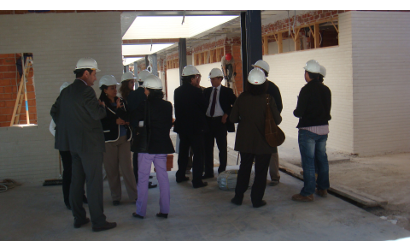
Hemeroteca
Programa Voluntariat pel Valencià
Baja del padrón
Aprobación inicial de la modificación de ordenanza
Aprobación inicial de ordenanza reguladora
Modificación nº 3 del Presupuesto 2010
Modificación nº 2 del Presupuesto 2010
Aprobación definitiva de los créditos del 2010
Aprobación inicial del presupuesto del 2010
Edicto por comparecencia
Visita a las obras del nuevo colegio público del municipio
Clases de Informática, Inglés y Valenciano
 El Ayuntamiento de Polop de la Marina organiza clases de Informática, Inglés y Valenciano de nivel básico.
El Ayuntamiento de Polop de la Marina organiza clases de Informática, Inglés y Valenciano de nivel básico.
